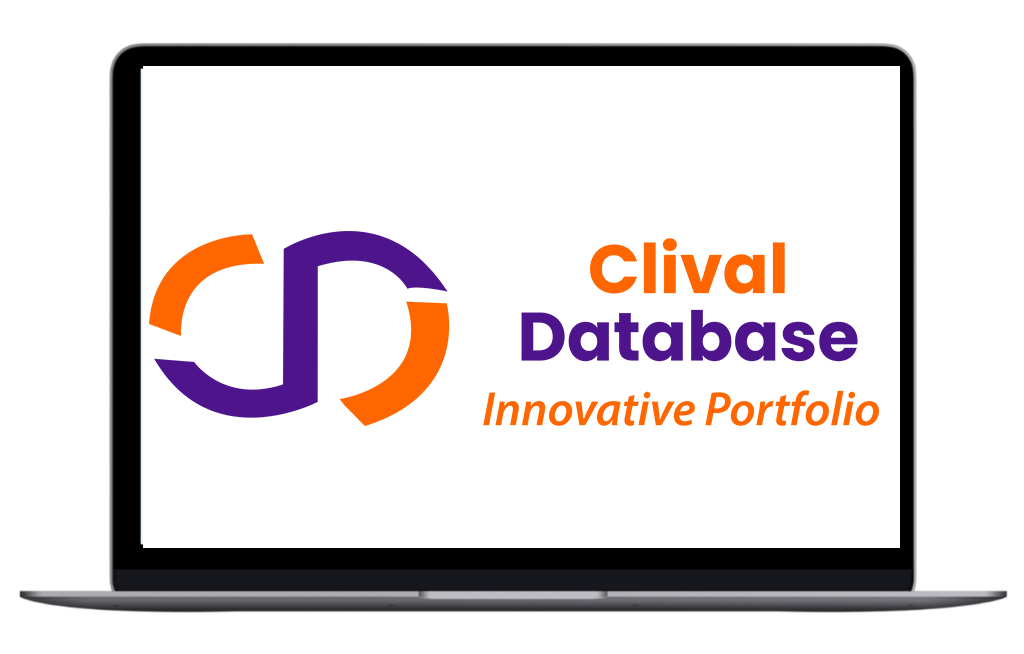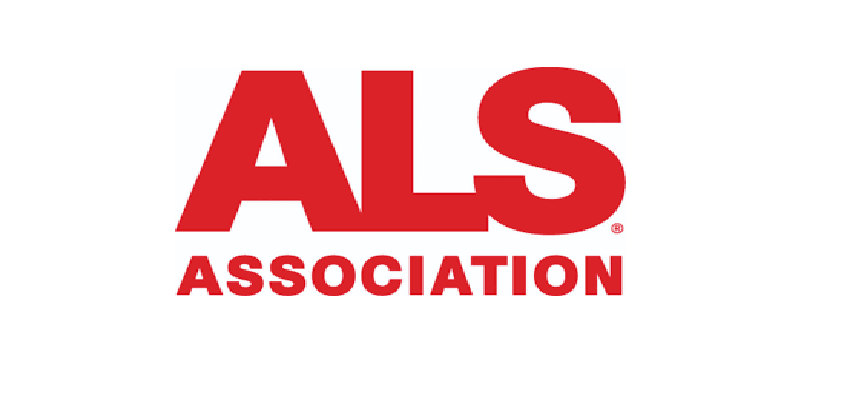Janssen Presents Positive Data From Phase 3 VOYAGER PAD Study Of Xarelto In Combo With Asprin To Treat Patients With PAD After Lower-extremity Revascu
The Janssen Pharmaceutical Companies of Johnson & Johnson presented new data from the phase 3 VOYAGER PAD study which showed Xarelto (rivaroxaban) (2.5 mg twice daily) in combination with aspirin (100 mg once daily) consistently reduced severe vascular events in patients with peripheral artery disease (PAD) after lower-extremity revascularization (LER) compared to aspirin alone regardless of whether it was the first, second, third, or subsequent event.The primary results of VOYAGER PAD showed that Xarelto plus aspirin reduced first events by 15 per cent among patients with PAD after LER. This analysis showed a very high burden of subsequent events and a consistent 14 percent reduction in both primary endpoint events and total vascular events over a median of 2.5 years. These data were presented as a late-breaking presentation during the virtual American College of Cardiology's 70th Annual Scientific Session (ACC.21) and simultaneously published in the Journal of the American College of Cardiology.PAD is a chronic circulatory condition which causes blood vessels to narrow, thereby reducing blood flow to the limbs, most often the legs. An estimated 20 million Americans are living with PAD, but only 8.5 million are currently diagnosed. While usually starting as asymptomatic, PAD symptoms can progress to severe and require revascularization to avoid amputation.“Even years after revascularization, patients with PAD continue to have a markedly high-risk for future thrombotic events due to excessive thrombin generation and platelet aggregation,” said Marc P. Bonaca, M.D., Department of Medicine, Division of Cardiovascular Medicine, University of Colorado Anschutz Medical Campus, Aurora, Colorado. “This analysis from VOYAGER PAD looked beyond the first event and found subsequent thrombotic event reduction with rivaroxaban plus aspirin, underscoring the importance of long-term prevention in these high-risk patients.”In addition to evaluating the time to first event, this sub-analysis from VOYAGER PAD also evaluated thrombotic events that occurred after the first event. Specifically, it showed Xarelto plus aspirin significantly reduced total primary endpoint events (acute limb ischemia, major amputation for vascular causes, non-fatal myocardial infarction, non-fatal ischemic stroke, or death from vascular causes) compared to aspirin alone (Hazard Ratio (HR)=0.86, 95% Confidence Internal (CI) 0.75 to 0.98; p=0.02). The Xarelto plus aspirin regimen also significantly reduced total vascular events (all primary endpoints plus subsequent peripheral revascularizations of both index and contralateral leg and venous thromboembolic events) compared to aspirin alone (HR 0.86, 95% CI 0.79 to 0.95; p=0.003). No significant increase in Thrombolysis in Myocardial Infarction (TIMI) major bleeding was observed in the VOYAGER PAD study in patients treated with Xarelto plus aspirin compared to aspirin alone (2.65% vs. 1.87% respectively; HR=1.43, 95% CI, 0.97–2.10; p=0.07).“The VOYAGER PAD trial is the first and only study of antithrombotic therapy in the past 20 years to demonstrate a significant benefit in patients with peripheral artery disease after lower-extremity revascularization,” said James List, M.D., Ph.D., Global Therapeutic Area Head, Cardiovascular & Metabolism, Janssen Research & Development, LLC. “With these new data, we now have a full picture of evidence demonstrating the potential of Xarelto in treating patients through various stages of peripheral artery disease - chronic, symptomatic, those requiring revascularization and beyond.”The phase 3 VOYAGER PAD study included 6,564 patients from 542 sites across 34 countries worldwide. Patients were randomized in a 1:1 ratio and received either Xarelto (2.5 mg twice daily) plus aspirin (100 mg once daily) (n=3,286) or aspirin alone (100 mg once daily) (n=3,278). Patients were stratified by revascularization procedure type (endovascular vs. surgical) and use of clopidogrel, which was administered at the treating physician's discretion. Patients were followed for a median of 28 months.

Optimize Your trial insights with Clival Database.
Are you exhausted from the uncertainty of trial insights pricing? Clival Database ensures the clarity in the midst of the global scenario for clinical trials to you.Clival Database is one of the best databases that offers an outstanding number of clinical trial data in terms of 50,000+ molecules and from primary regulatory markets as well as new entrants like Indian and Chinese markets.
With Clival, you get accurate positioning of historical sales data, patent database, company profiling, safety & efficacy, and prediction of launch of new innovative molecules helping you to align your research and driving down the cost.
To add value, we further break down our analytics for you so that improving your operational effectiveness; optimizing your clinical trials; and offering you accurate and high-quality data at lowest possible prices becomes possible.
Elevate your trial success rate with the cutting-edge insights from Clival database.
Check it out today and make more informed sourcing decisions! Learn More!







